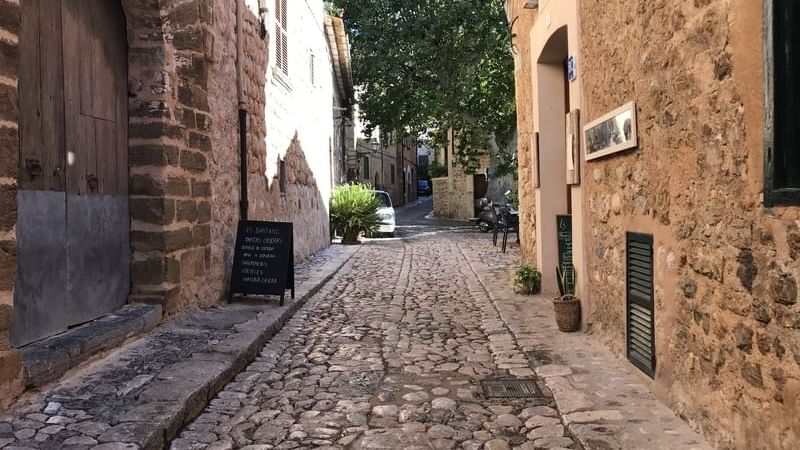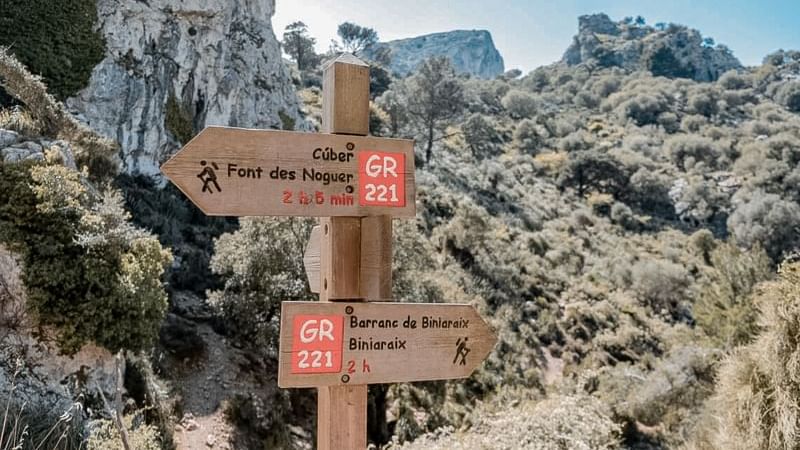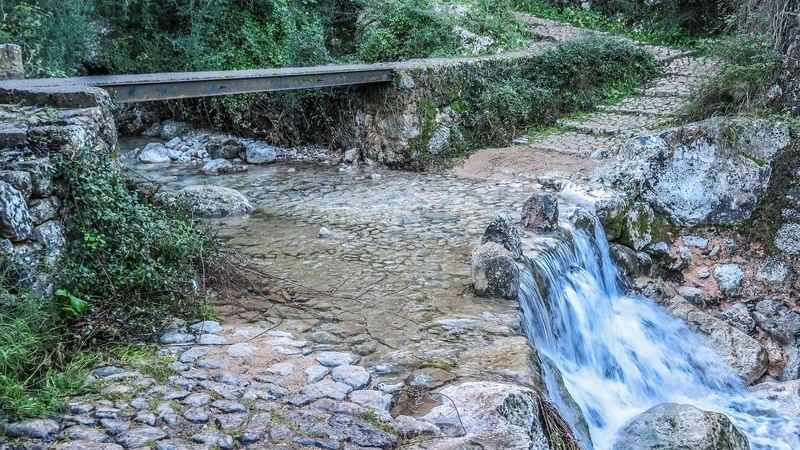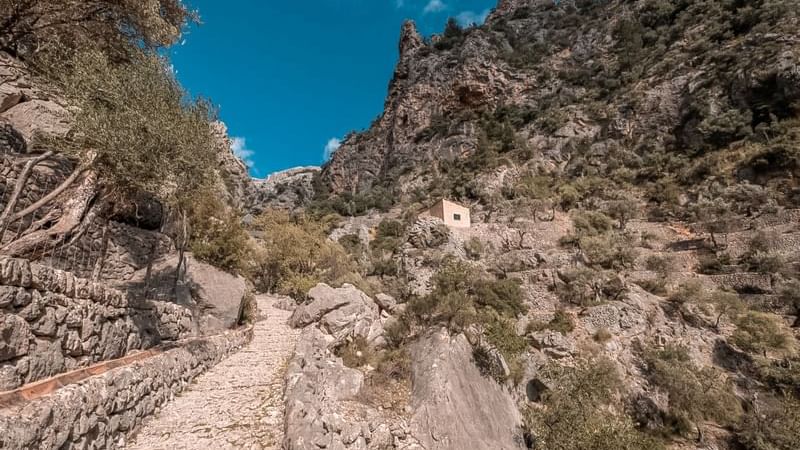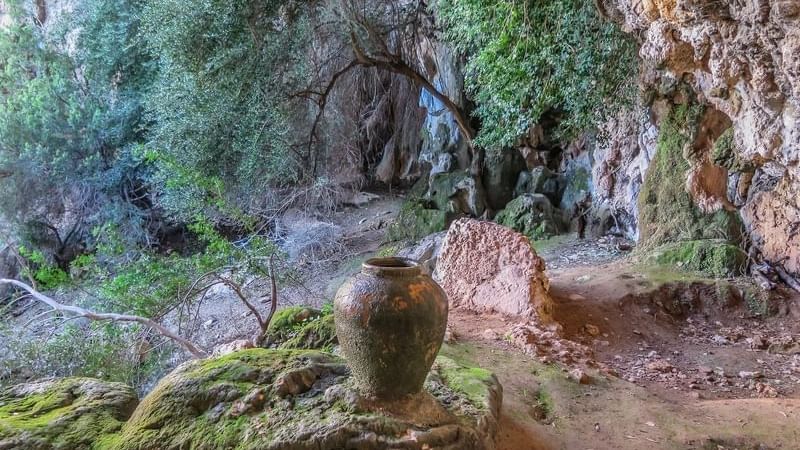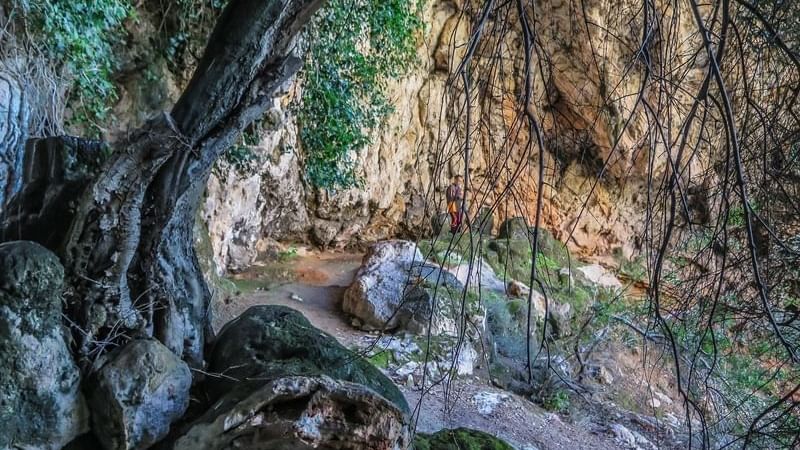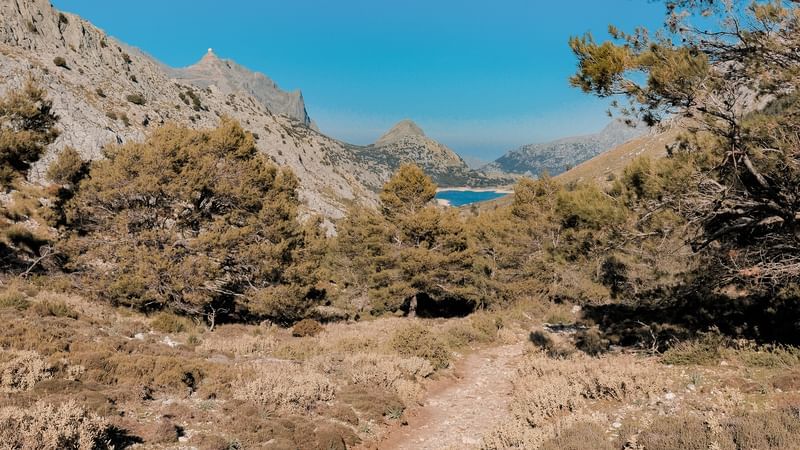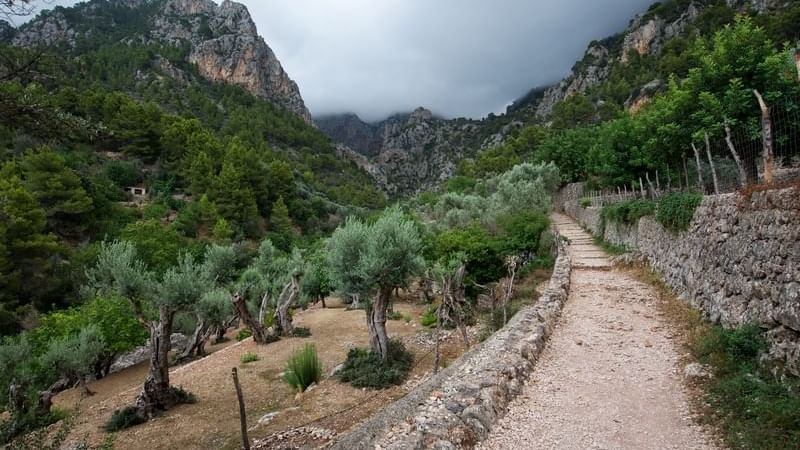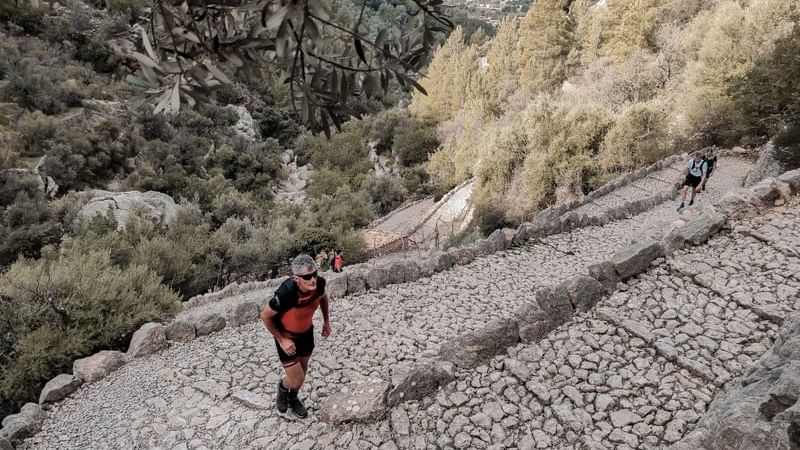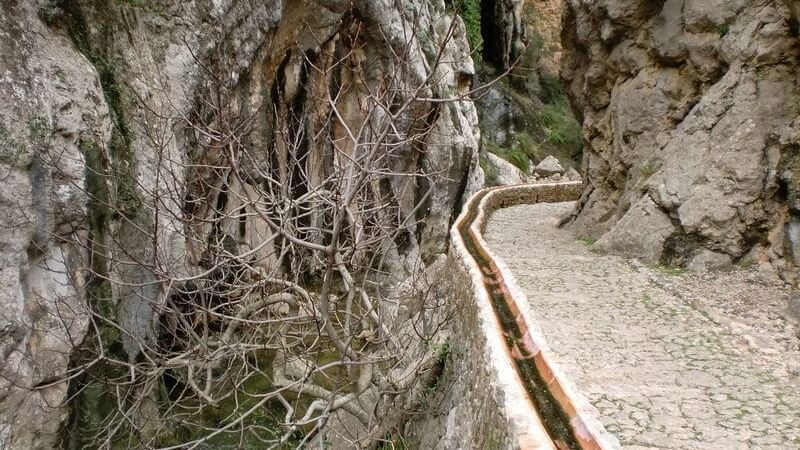Discover the Barranc de Biniaraix in one of the best times of the year
If you are a lover of mountain sports you probably already know that the Sóller Valley is the starting point for many of the most emblematic hiking routes in the Serra de Tramuntana. Impressive routes full of history and incredible landscapes that allow us to enjoy nature and fresh air while we do sport and discover this magical place between the Mediterranean Sea and the mountains of the Sierra de Tramuntana. An unequalled experience and privilege with a unique attraction for lovers of hiking, mountain sports and nature. But it is not the same to walk these fantastic routes in spring or summer as it is in autumn and winter, as the climate, the atmosphere and even the environment and the landscape itself change completely depending on the time of year. That is why today we would like to tell you about one of the most emblematic routes in the Tramuntana, if not the most emblematic, and discover how to enjoy it in one of the best months of the year to do so: the Barranc de Biniaraix in November.

BRIEF HISTORY
The Barranc de Biniaraix is a canyon located between the Sierra de Son Torrella, L'Ofre and Els Cornadors that gives rise to the L'Ofre torrent, along which the Barranc de Biniaraix path runs. A route formed by a path of 1932 man-made stone steps that runs between terraces in this incredible place in the Tramuntana. It was created to meet a need: to link the Valley of Sóller with the Lluc Sanctuary, which made the path one of the most important in the Tramuntana as a pilgrimage route to the sanctuary, as well as being a connecting route between the Pla de Mallorca and the Tramuntana through Orient and Alaró. Thanks to its incredible route, the Barranc de Biniaraix was declared a site of cultural interest in 1944. A route that reflects a unique architecture that we can perceive along its entire route, which is more than 500 years old. A unique route in the Tramuntana that reflects the art of building "pedra en sec". But there is not only the current path in the Barranc de Biniaraix, which was decisive for the creation of the famous "pedra en sec" GR-221 route, but there is another much older path: "el camí vell". A path that gives rise to the ravine we know and which is the one used by the first Mallorcans.

"El camí vell" was the first route that crossed the Barranc, and it was considered a sacred space due to its altitude and because it was a pilgrimage route where the dead were buried in its innumerable caves. Caves such as the cave of s'Alova, one of the most important for its size and importance, as the upper classes of the first prehistoric settlements in the Sóller Valley were buried there, or the cave of Ses Afàbies (jars), where water was once collected from the stalactites with these utensils, which can still be seen today.
EXCURSION TO THE RAVINE IN NOVEMBER
As we have seen, the Barranc de Biniaraix is a karstic canyon shaped by water and delimited by Es Cornadors and the Son Torrella mountain range. So it is a place where water plays a fundamental role. And it is precisely the water that makes November one of the best times of the year to go on this excursion, because in these months of the year, with the rains, the water usually flows almost all along the route. A water route that runs along the slopes of the Barranc bathing its agricultural plots delimited by terraces where olive, carob and almond trees are grown. Undoubtedly a unique natural spectacle at this time of the year in which water takes centre stage and brings the Barranc to life. An experience that can only be witnessed at this time of year without having to worry about the cold winter temperatures. So to visit the Barranc at this time of year, we will start our tour from the tram stop, located 1 minute walk from the Aimia Hotel, and we will go up to the Plaza Constitució to go towards the Carrer de Sa Lluna and start our excursion. Following Carrer de Sa Lluna we will arrive at Biniaraix, a place where we can take the opportunity to get some fresh air next to Ses Rentadores de Biniaraix, before starting our way to Barranc de Biniaraix. So after this short break we will start our route through this magical place, which begins right next to "Ses Rentadores". A route that shows the integration of the dry stone constructions in nature. At this point, all we have to do is follow the GR-221 signposts along the route and enjoy the Barranc and its fantastic landscapes of the Tramuntana, the Sóller Valley and the Mediterranean Sea.

From the very first steps you will be able to see the incredible construction work that went into the route and the beautiful views of the Sierra and Biniaraix with its bell tower in the background. As we ascend, we will go deeper into the Tramuntana mountain range, discovering the perfect combination of man's construction and nature. We will also cross several bridges and even cross a narrow pass between the mountains called S'Estret or Sa Campana, where at this time of year there is usually a large waterfall where it is said that if you throw a small stone, when it bounces back, it sounds like a bell. Following the route, you will reach a point where you can choose between continuing up towards L'Ofre or turning onto a path to the right. This path takes you to the Font de Can Cati spring and allows you to take an alternative route down the Barranc de Biniaraix ravine in a circular fashion. At this point it is important to point out that the excursion to the Barranc de Biniaraix is a fantastic excursion to enjoy the Serra de Tramuntana with the family, however most of the route is a steep climb of 756 metres between Biniaraix and the summit of the Barranc, so it can be a tough climb. For this reason, this point is a good place to assess our strength and decide whether to continue the excursion to L'Ofre and then descend back to Biniaraix or whether to take the circular route and start the descent. But there is also an easier and less difficult alternative to get to know the Barranc: take the bus up to L'Ofre and descend the Barranc de Biniaraix from there until you get back to Sóller. To do this, just go to the bus stop next to the Port de Sóller Tunnel, a 5-minute walk from the Aimia Hotel, and take bus number 231 Port de Sóller - Alcúdia.

Whichever of the two routes you take, when you descend you will arrive back at Ses Rentadores de Biniaraix. At this starting point we recommend that you continue descending until you reach the Plaza de Biniaraix to have a drink in one of the two bars in the square to recharge your batteries and return to the centre of Sóller with a pleasant walk downhill, perfect for resting your legs before taking the tram back to the Port of Sóller.
If you are staying at our hotel and would like more information about the Barranc de Biniaraix or other hiking routes in and around the Tramuntana, as well as other places to visit in Port de Sóller, please do not hesitate to ask our reception team, who will be happy to help you.
INFORMATION OF INTEREST
You can visit the Barranc de Biniairax all year round, but it is much nicer to do the route in November as we will probably already find the water accompanying us along the route, filling the place with life with its waterfalls and sounds.
The temperatures in November are perfect for walking the Barranc de Biniaraix, but the route has sections with little sunshine, so we recommend that you take some warm clothes and comfortable shoes to walk the 1932 steps without the risk of injury.
As the route has mostly steps, it is not suitable for pushchairs or wheelchairs.
We recommend you take some food and water with you, as there is nowhere to buy food and drink along the way.
